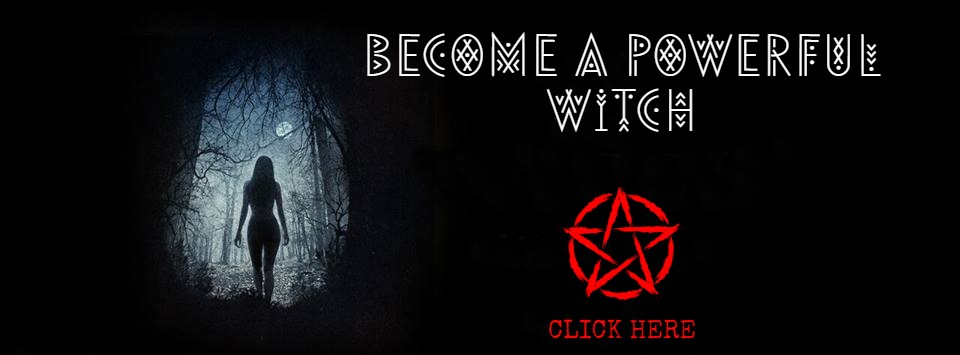Horned God : In contemporary Paganism and Witchcraft, the consort of the Goddess and representative of the male principle of the Supreme Deity. The Horned God is the lord of the woodlands, the hunt and animals. He also is the lord of life, death and the underworld. He is the sun to the Goddess’ moon.
The Horned God alternates with the Goddess in ruling over the fertility cycle of birth-death-rebirth. He is born at the winter solstice, unites with the Goddess in marriage at Beltane (may 1) and dies at the summer solstice. His death is a sacrifice to life.
The origin of the Horned God may date to Paleolithic times, as evidenced by a ritualistic cave painting discovered in the Caverne des Trois Freres at Ariège, France. One of the figures is either a stag standing upright on hind legs or a man dressed in stag costume in a dance.
The wearing of animal clothes in rituals to secure game was practiced in Europe for thousands of years. Among the deities and beings associated with the Horned God are Cernunnos, the Celtic god of fertility, animals and the underworld; Herne the Hunter, a specter of Britain; PAn, the Greek god of the woodlands; Janus, the roman god of good beginnings, whose twofaced visage represents youth and age, life and death; Tammuz and Damuzi, the son-lover-consorts to IshtAr and InAnnA; Osiris, Egyptian lord of the underworld; Dionysus, Greek god of vegetation and the vine, whose cult observed rites of dismemberment and resurrection; and the Green mAn, the lord of vegetation and the woodlands.
The horns of the Horned God are associated with his domain of the woodlands, and with the bull and the ram, animal consorts of the Goddess. The horns also symbolize the crescent moon, which is the symbol of the Goddess and represents increase in all things and waxing fertility.
In art, the Horned God may be portrayed as half man and half animal, as were Cernunnos and Pan. There is no association between the Horned God and the Devil, except in the Christian Demonization of pagan deities. most traditions in contemporary Witchcraft emphasize the Goddess, though the Horned God is considered important in his role in male-female polarity.
He is worshiped in rites, in which he is personified by the high priest, who sometimes wears an antlered headdress or a horned helmet. The Horned God represents sexuality, vitality, the hunt, logic and power, but not in an exploitative fashion. He is considered gentle, tender and compassionate yet is not effeminate. (See Wheel of the Year).
SEE ALSO:
FURTHER READING:
- Adler, Margot. Drawing Down the Moon. revised ed. New York: Viking, 1986.
- Crowley, Vivianne. Wicca: The Old Religion in the New Millennium. revised ed. London: Thorsons/Harper Collins, 1996.
- Valiente, Doreen. An ABC of Witchcraft Past and Present. Custer, Wash.: Phoenix Publishing, 1986 (first published 1973).
SOURCE:
The Encyclopedia of Witches, Witchcraft and Wicca – written by Rosemary Ellen Guiley – Copyright © 1989, 1999, 2008 by Visionary Living, Inc.

